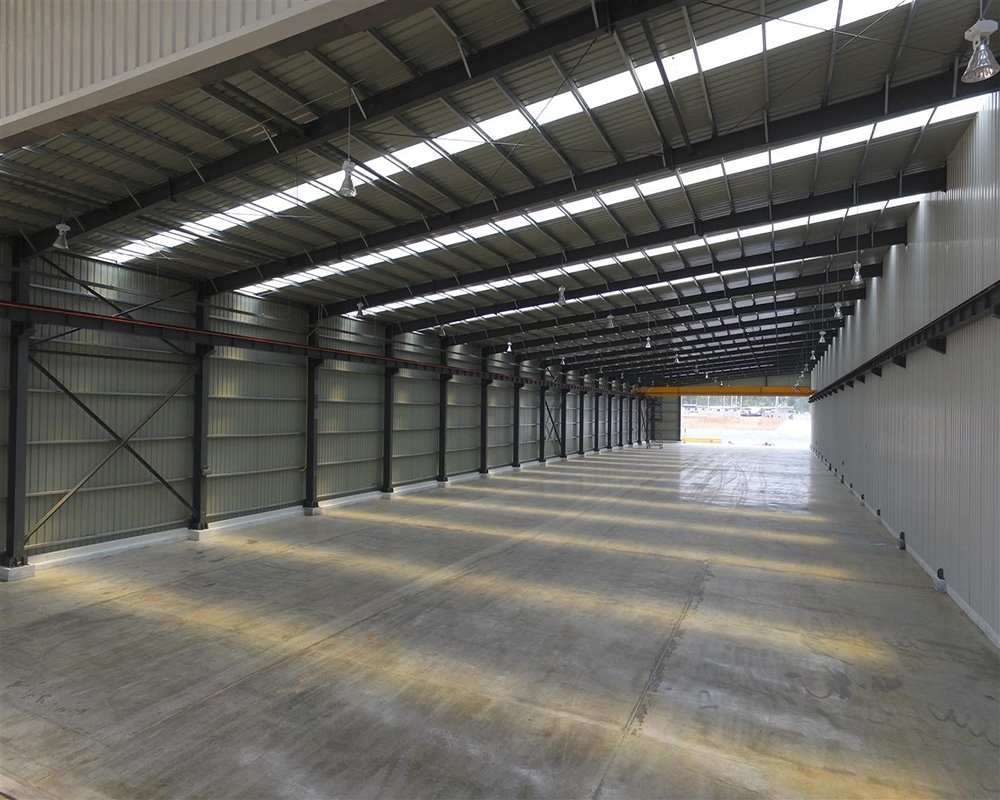What is the Importance of Preheating Before Welding and Post-weld Heat Treatment for Steel Structures?

I. Preheating Before Welding for Steel Structures
Preheating before welding, as well as post-weld heat treatment, is crucial for ensuring welding quality. Preheating is required for welding critical components, alloy steel, and thick parts. The main functions of preheating before welding are as follows:
1.Preheating slows down the cooling rate after welding, facilitating the escape of diffusible hydrogen in the weld metal and preventing hydrogen-induced cracks. It also reduces the hardness of the weld and heat-affected zone, enhancing the crack resistance of the welded joint.
2.Preheating can reduce welding stresses. Uniform local or overall preheating minimizes the temperature difference (also known as the temperature gradient) between the welded workpieces in the welding area. This not only reduces welding stresses but also decreases the welding strain rate, helping to avoid welding cracks.
3.Preheating can reduce the restraint of the welded structure, especially for fillet joints. As the preheating temperature increases, the crack occurrence rate decreases.
The selection of preheating and interpass temperatures depends not only on the chemical composition of the steel and welding electrodes but also on factors such as the rigidity of the welded structure, welding method, and ambient temperature. These factors should be considered comprehensively.
Additionally, the uniformity of the preheating temperature in the thickness direction of the steel plate and in the weld area has a significant impact on reducing welding stresses. The width of local preheating should be determined based on the restraint of the welded workpiece, typically three times the wall thickness around the weld area and not less than 150-200 mm. Uneven preheating not only fails to reduce welding stresses but may actually increase them.

II. Purpose of Post-weld Heat Treatment for Steel Structures
The purposes of post-weld heat treatment for steel structures are threefold: hydrogen removal, stress relief, and improvement of weld microstructure and overall properties.
Post-weld hydrogen removal treatment refers to a low-temperature heat treatment performed after welding, while the weld has not cooled below 100°C. The general specification is to heat to 200~350°C and hold for 2-6 hours. The main function of post-weld hydrogen removal is to accelerate the escape of hydrogen in the weld and heat-affected zone, which is extremely effective in preventing welding cracks in low-alloy steel welding.
During welding, due to the unevenness of heating and cooling and the restraint imposed by the component itself or externally, welding stresses will always develop in the component after welding. The presence of welding stresses in the component reduces the actual load-bearing capacity of the welded joint area, causing plastic deformation, and in severe cases, leading to component failure.

Stress relief heat treatment involves heating the welded workpiece to a high temperature where its yield strength decreases, achieving the purpose of relaxing welding stresses. There are two commonly used methods: one is overall high-temperature tempering, where the welded component is placed in a heating furnace, heated slowly to a certain temperature, held for a period, and then cooled in the air or furnace. This method can eliminate 80%-90% of welding stresses. The other method is local high-temperature tempering, where only the weld and its nearby area are heated and then slowly cooled, reducing the peak welding stress and flattening the stress distribution, partially eliminating welding stresses.
Some alloy steel materials may develop hardened microstructures in their welded joints after welding, deteriorating their mechanical properties. Furthermore, this hardened microstructure, combined with welding stresses and hydrogen, may lead to joint failure. After heat treatment, the metallurgical structure of the joint improves, enhancing the plasticity and toughness of the welded joint, thereby improving its overall mechanical properties.



